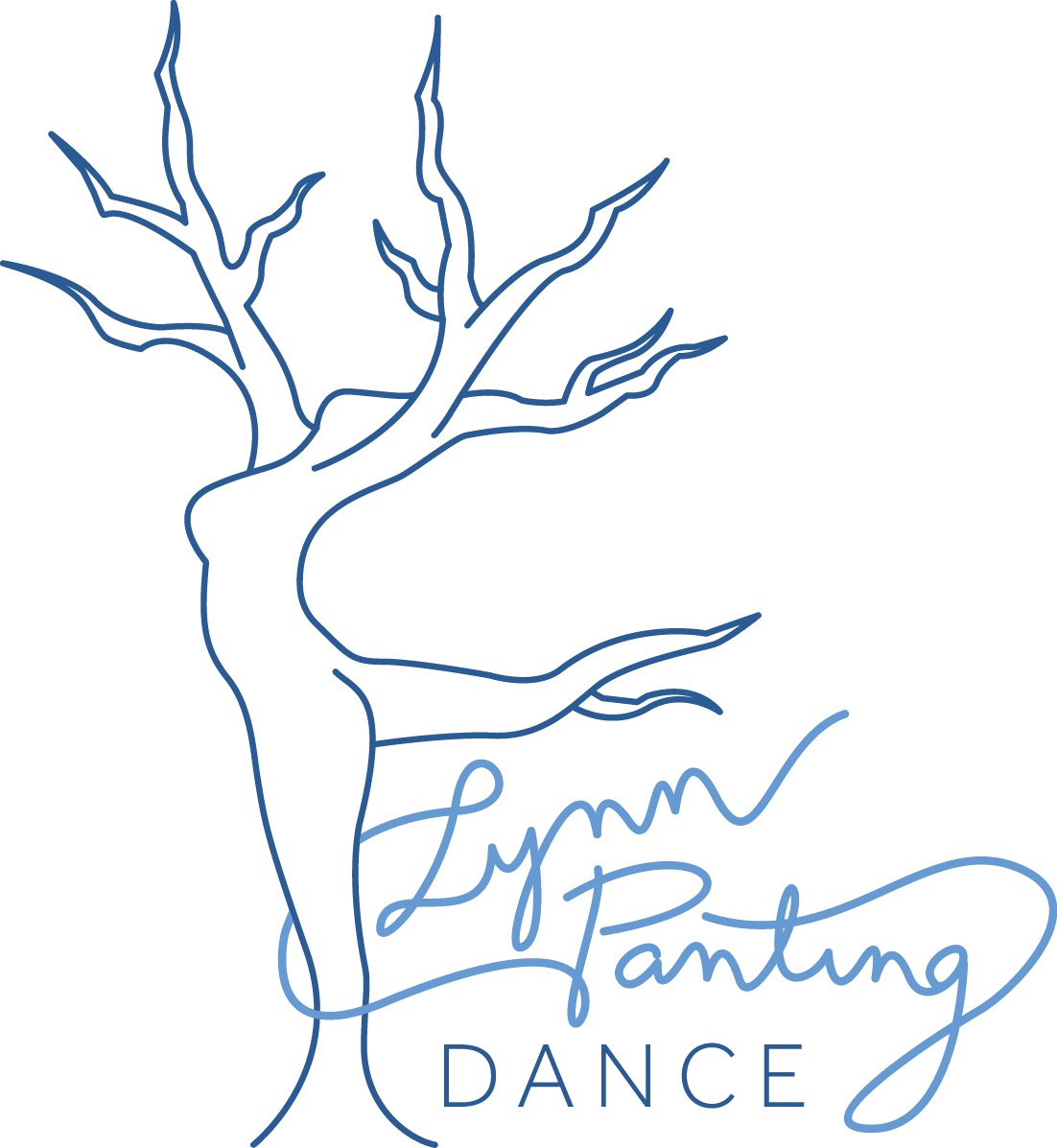The Importance of Tapping In and Tapping Out: A Boundary Practice for Rehearsals and Performances
The rehearsal room and performance stage are places of vulnerability, exploration, and transformation. For performers, stepping into a character or an emotionally charged scene often requires opening themselves up in profound ways. This intensity makes it essential to establish practices that help protect their emotional and mental well-being. One of the most effective boundary-setting tools in creative spaces is the practice of "tapping in and tapping out."
This simple yet powerful ritual provides performers with a clear framework for entering and exiting the emotional and physical demands of rehearsal and performance.
What Does Tapping In and Tapping Out Mean?
Tapping In: A performer actively signals they are ready to step into a scene, exercise, or performance. This might involve a verbal acknowledgment, a gesture, a unison clap, a special handshake, or simply saying “I’m in.”
Tapping Out: A performer signals that they are stepping away, marking the end of their participation for that moment. This a bookend ritual action similar to their chosen “tap in”.
This practice ensures that everyone in the room is aware of when a performer is engaging with or stepping away from the work, fostering clarity, consent, and mutual respect.
Why Tapping In and Tapping Out Is Important
Sets Clear Boundaries
Performers often pour themselves into their work, blurring the lines between character and self. Tapping in and out provides a structured way to delineate where the performance begins and ends, protecting the performer’s sense of self.
Fosters Consent
The practice creates a culture of consent by giving performers agency over when and how they participate. It emphasizes that engagement with the material is a choice, not an obligation, ensuring performers feel safe and respected.
Encourages Emotional Regulation
Emotionally intense scenes can linger, affecting performers even after they leave the stage. Tapping out serves as a conscious ritual to help performers disengage from the emotional demands of the work, reducing the risk of emotional overwhelm or burnout.
Builds Trust and Collaboration
When everyone in the room follows the practice of tapping in and out, it fosters a collective sense of responsibility and respect. It builds trust between performers, directors, and crew, creating an environment where boundaries are honoured.
Enhances Focus and Intention
By requiring performers to actively signal their readiness, tapping in and out encourages mindfulness. It ensures that when performers step into a scene, they do so with full focus and intention, enriching the quality of their work.
How to Implement Tapping In and Tapping Out
Introduce the Practice Early
At the start of the rehearsal process, explain the concept of tapping in and out to the cast and crew. Emphasize its importance as a boundary-setting tool and a way to create a safe, supportive environment.
Create a Ritual
Decide on the specific gestures or verbal cues that will signal tapping in and out. This might include:
Saying “I’m in” or “I’m out.”
A physical gesture like placing a hand on the chest or raising a hand.
A symbolic act, such as stepping into or out of a designated space.
Normalize the Practice
Encourage everyone to use the practice consistently, regardless of the intensity of the scene. Whether it’s a lighthearted exercise or a deeply emotional moment, tapping in and out should become a standard part of the creative process.
Respect the Signals
Ensure that all participants respect the tapping in and out process. If someone taps out, their decision should be honoured without question or pressure to re-engage.
Encourage Reflection
After particularly intense scenes or rehearsals, invite performers to reflect on how they’re feeling. This can be done individually or as a group check-in, providing an additional layer of emotional support.
The Broader Impact of Tapping In and Out
The practice of tapping in and tapping out extends beyond rehearsals and performances. It teaches performers valuable skills in setting and communicating boundaries, which can be applied to their personal lives and other professional settings. It also reinforces the importance of self-care, reminding artists to prioritize their well-being even as they pour themselves into their craft.
By creating a rehearsal room culture rooted in respect, consent, and mindfulness, tapping in and tapping out enhances not only the creative process but also the lives of the artists involved.
Tapping in and tapping out is more than a ritual — it’s a transformative practice that empowers performers to navigate the emotional and physical demands of their work with clarity and care. By fostering boundaries, consent, and trust, it creates a foundation for artistry that is both bold and sustainable.

